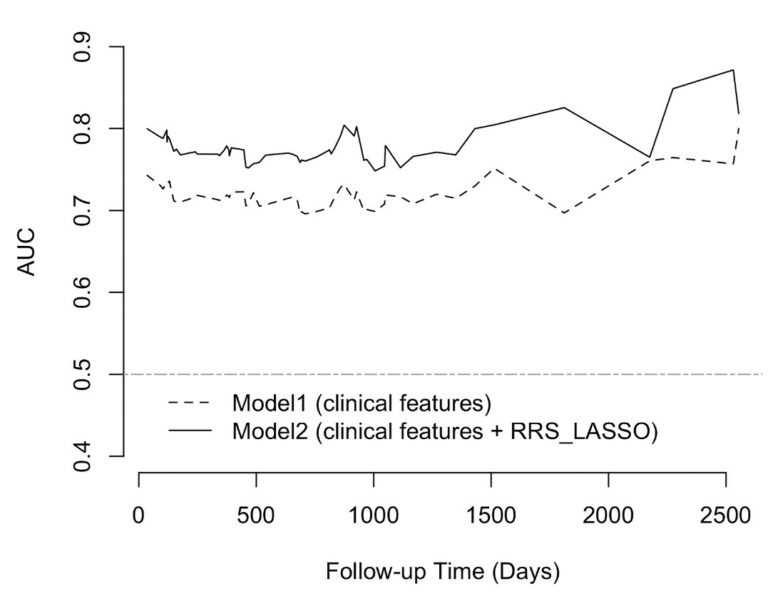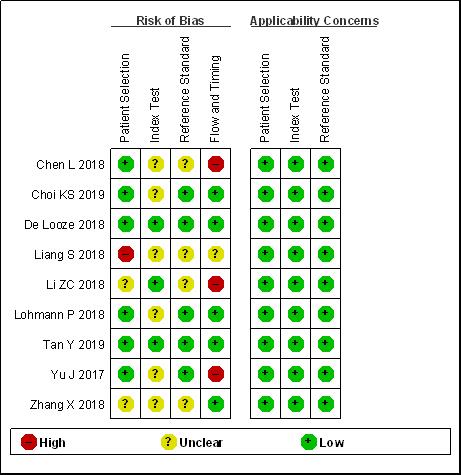
Impact of signal intensity normalization of MRI on the generalizability of radiomic-based prediction of molecular glioma subtypes
With the help of radiomics, standard medical images can be transformed into detailed, high-dimensional data sets that go beyond what the eye can see. The typical workflow of radiomic projects involves a series of sequential processes, including image registration, intensity normalization, and segmentation of the region of interest. While there is a general agreement on the essential steps, consensus on











